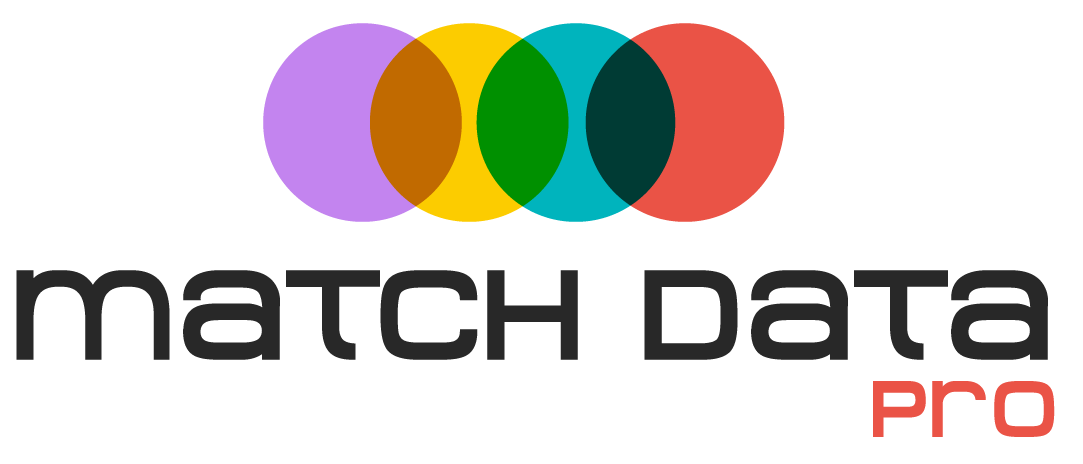The Statewide Longitudinal Data System (SLDS) is a critical tool used by educational agencies to track and analyze student data over time. By linking data from early education, K-12, postsecondary education, and workforce systems, SLDS provides insights that help improve student outcomes, guide policy decisions, and enhance educational programs. However, managing and ensuring the accuracy […]
Migrating to a new Customer Relationship Management (CRM) system is a critical move for many businesses looking to improve operational efficiency and customer engagement. However, the success of this transition relies heavily on how well your data is prepared for the migration. Migrating data from legacy systems to a modern CRM requires careful planning, data […]
In today’s data-driven world, businesses rely heavily on accurate and clean data to make informed decisions. Data quality is paramount; it serves as the foundation upon which effective strategies are built. However, when data is plagued by noise—errors, duplicates, or inconsistencies—it can lead to flawed decision-making, ultimately costing organizations time, resources, and money. What is […]
Do we trust AI to clean data? Maybe…? Sometimes…? It depends…? True data cleansing basically means doing a lot of really granular work across entire files or entire databases, which means across some, or potentially all rows, and potentially across all columns. 50,000 rows of data and 25 columns may sound like a pretty ‘small’ […]
Complete Guide to Fuzzy/Probabilistic Data Matching and Entity Resolution Introduction Fuzzy or probabilistic data matching and entity resolution are fundamental processes in data management and analytics. They involve identifying and linking records that refer to the same entity but may have variations due to errors, abbreviations, or inconsistencies. This comprehensive guide delves into the various […]
Here’s a pretty typical scenario that makes end users feel like they’re wasting time, and also creates a ton of waste and kills targeted business outcomes: Some relational information is added to your business systems and no one notices the relationships. This could be different people in the same household or at the same company, […]
Data matching means different things to different people. To people in the financial world it’s often joining or matching, ‘mismatching’ data, describing general financial records like payroll, purchases, expenses, revenue, payments, and P&L. To people in supply chain operations it might be matching ‘mismatching’ data describing supplier details, items purchased, purchase orders, invoices, and payment […]
Want cleaner data? Start by asking for the data up-front. Everybody wants cleaner data but what does it mean to have cleaner data? The best way to have that conversation is with examples of the inputs and the desired outputs. A lot of people ask for cleaner data without really knowing what they really need. […]
Data quality can also spell scope creep so you better spell out your requirements. Data management, master data management and systems integration, however, are much more critical priorities, ensuring a minimum level of ‘data quality’ and interoperability. It’s also arguably much easier to achieve. It’s nearly impossible to guarantee that our data will always be […]
Python users probably know data matching by the name “string matching”. Excel users probably use the “v lookup” and the “fuzzy lookup” functions. Business people will just tell you that there are too many duplicates and that they can’t find the same data in other business systems. Almost every system has their own version of […]
